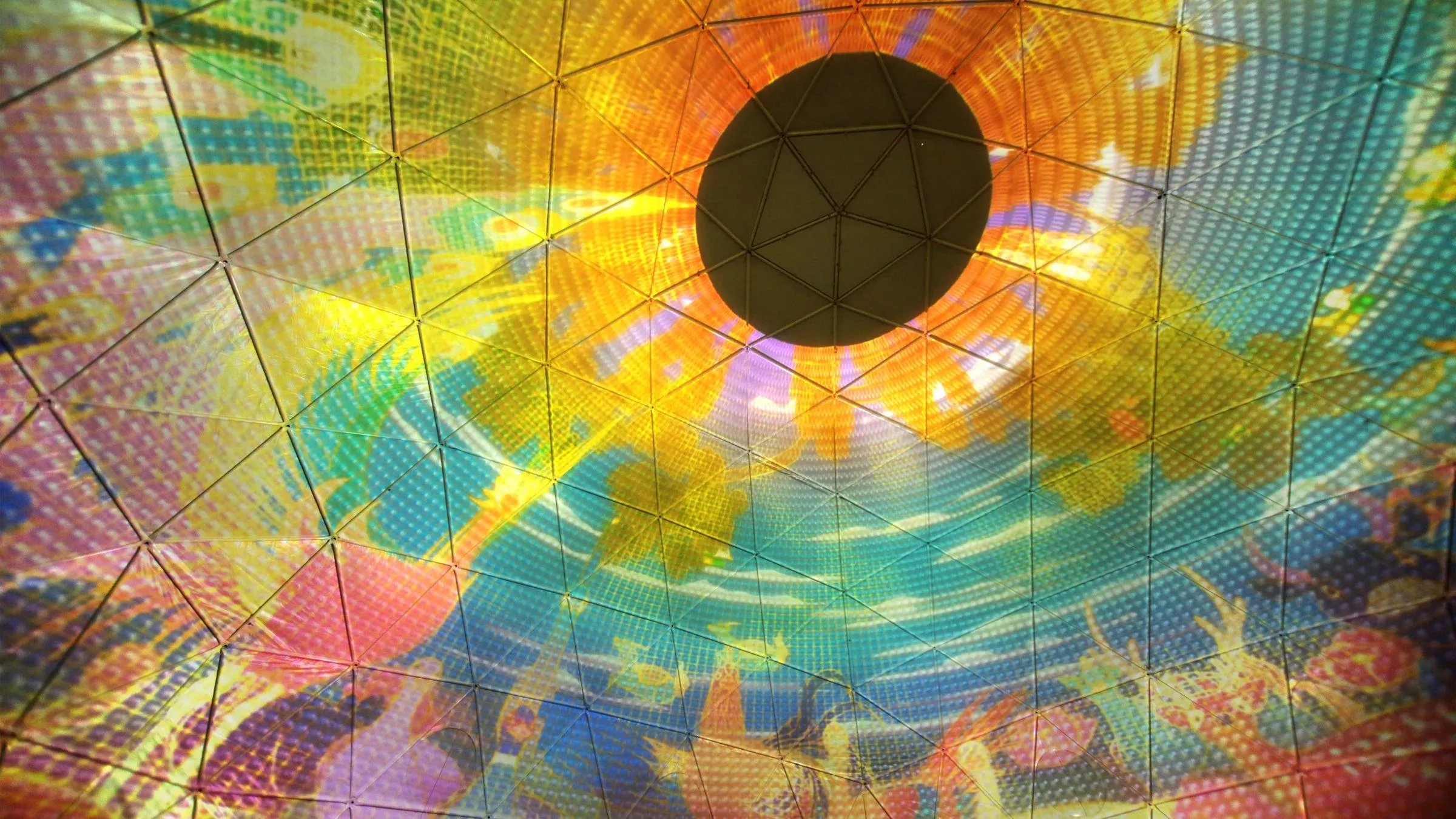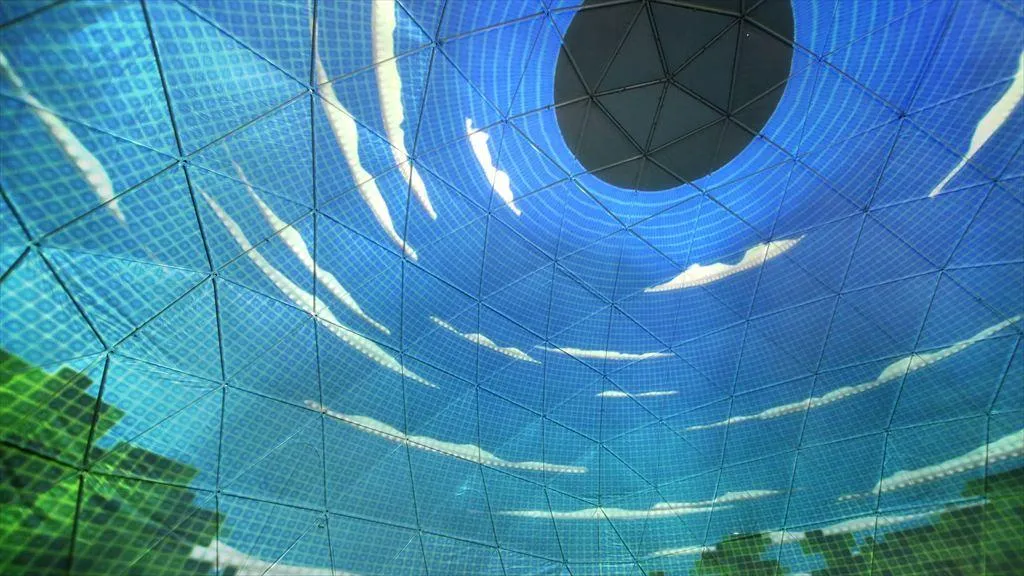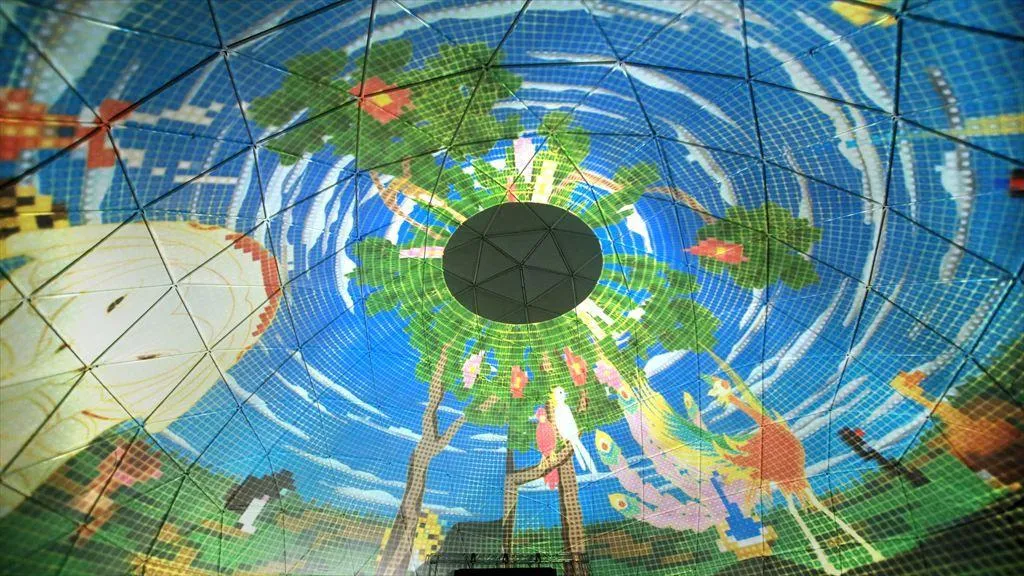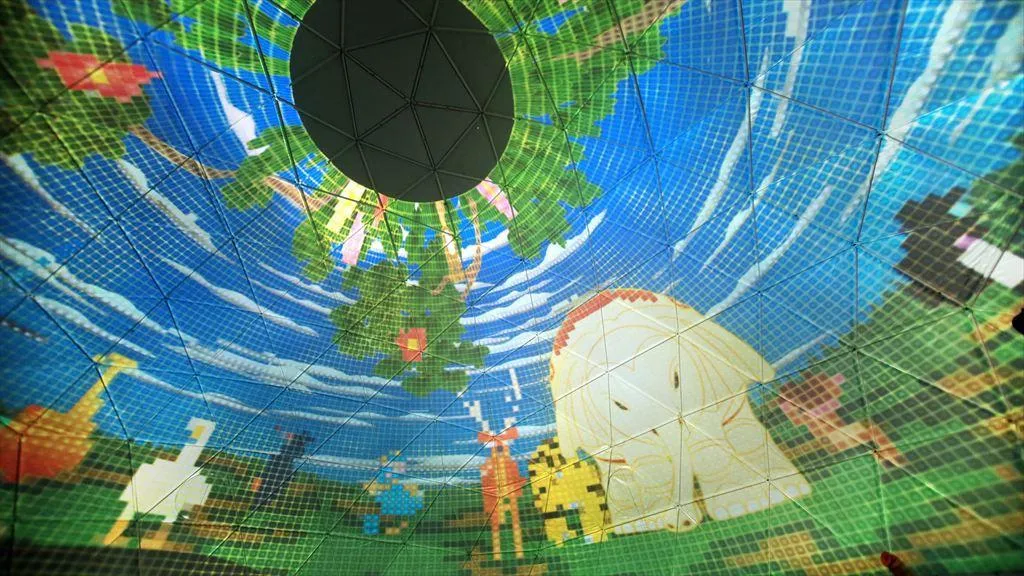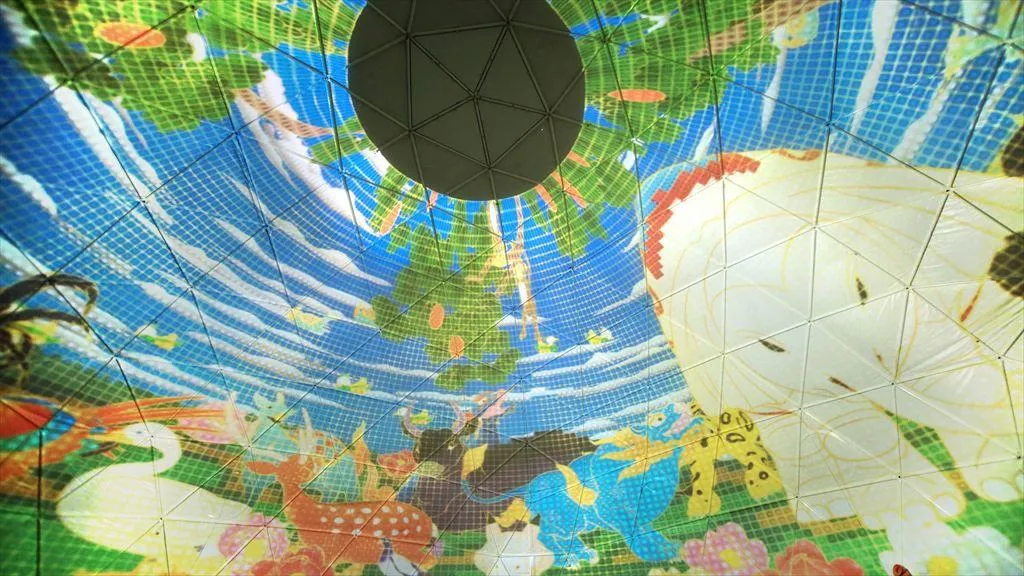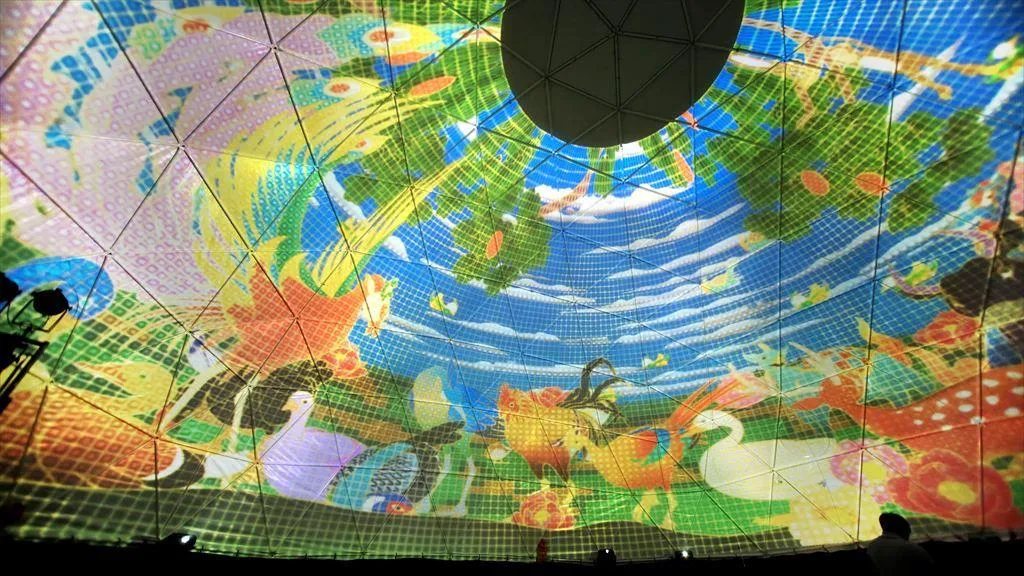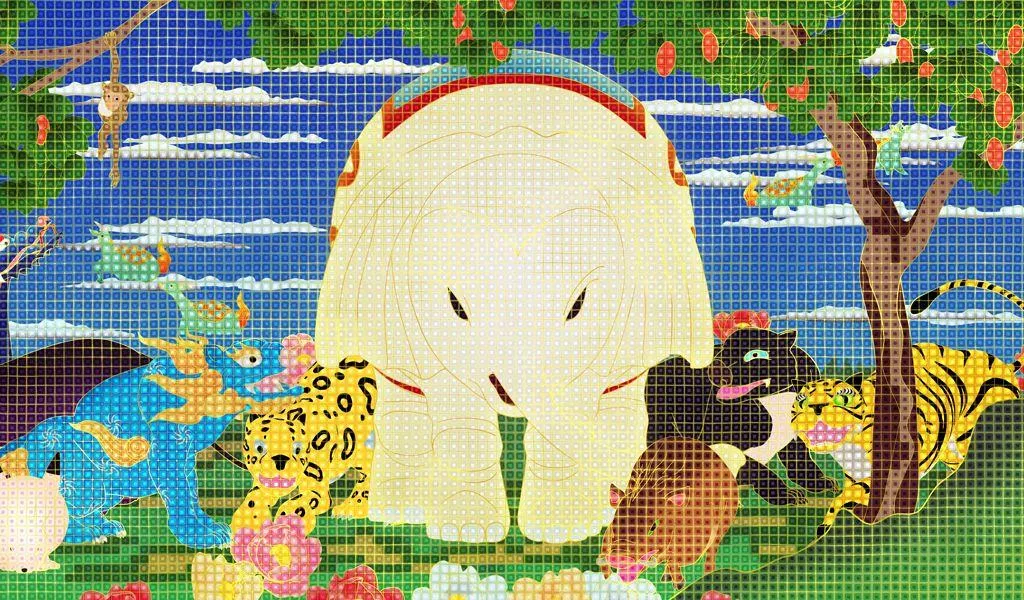Publiziert in BLOUIN ARTINFO, (Jan 25, 2013)
Strong Sales on Day 2 of Art Stage
“Nirvana,” a video installation by teamLab sold all editions at Ikkan Art Gallery
por Sonia Kolesnikov-Jessop
Publicado: 25 Janeiro 2013シンガポールで開催されている「Art Stage Singapore」の2日目は、週の半ばにも関わらず驚くべきほどの訪問者で賑わっており、相変わらず展示作品がよく売れていた。
「Ikkan Art Gallery」は、展示作品の1つであるチームラボの「Nirvana」の5つのエディションを完売し、香港を拠点とする「Kwai Fung Hin Art Gallery」も、8つのスクリーンで投影されるLee Lee Namによる5編のアニメーションインスタレーション「Traditional Painting – Happiness」を売った。ギャラリーのオーナーであるCatherine Kwai氏は、「お客様であるコレクター達は、展示している作品についてとても真剣に多くの質問を投げかけてこられますよ」と語った。
